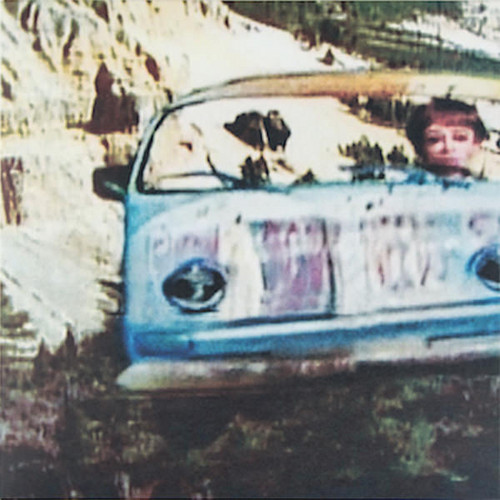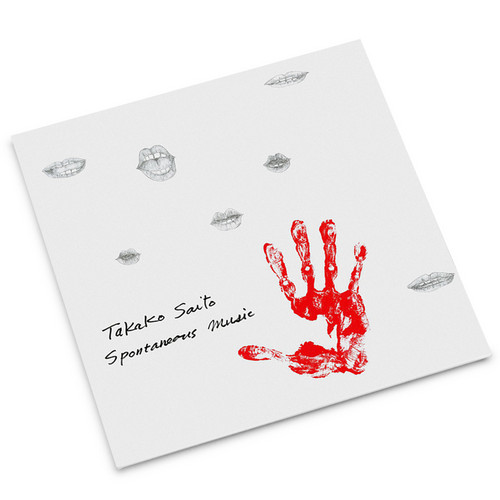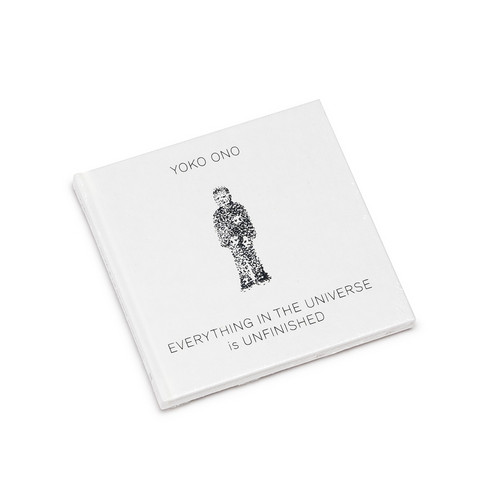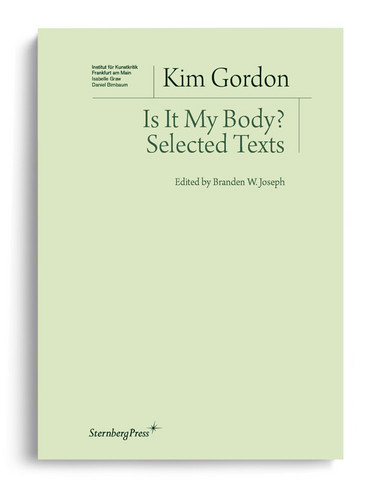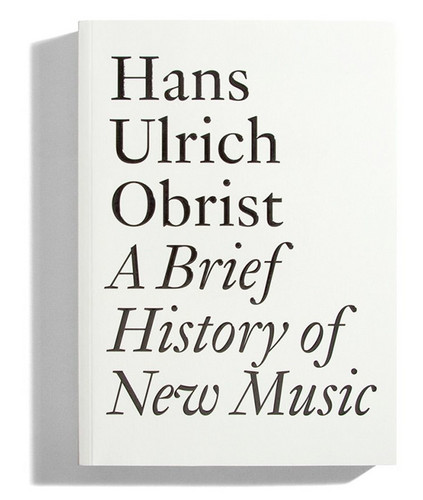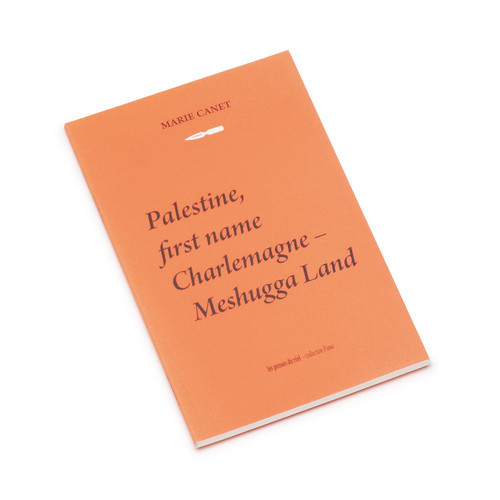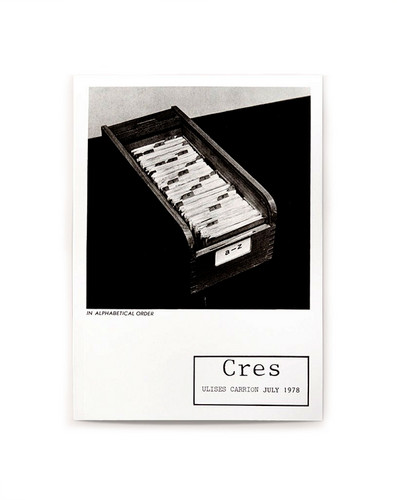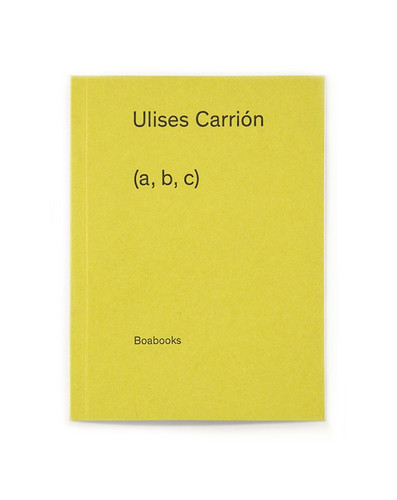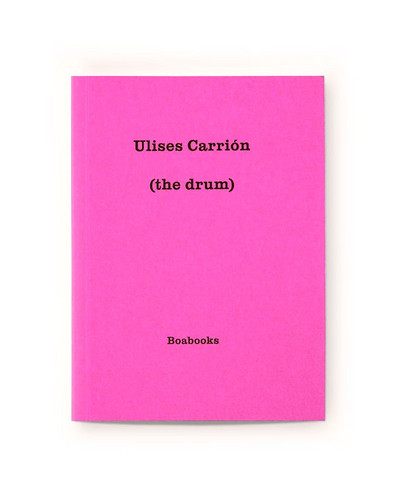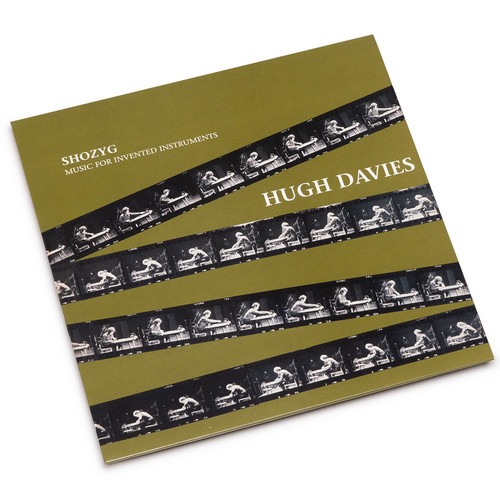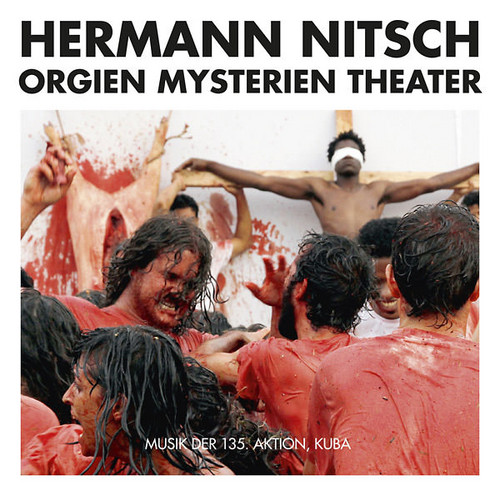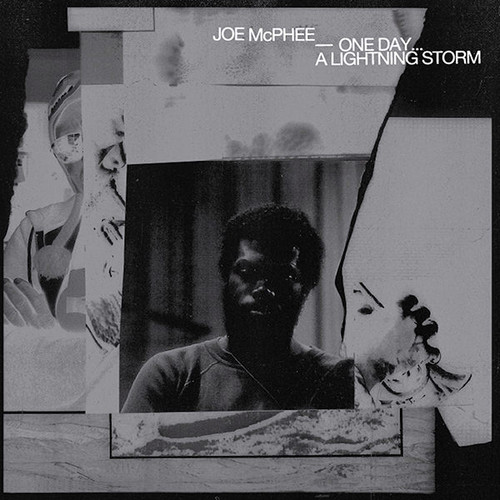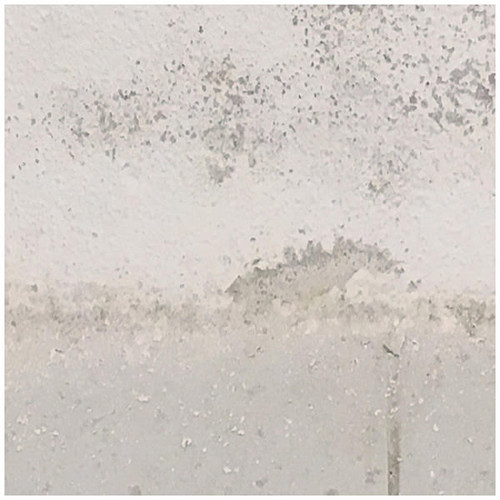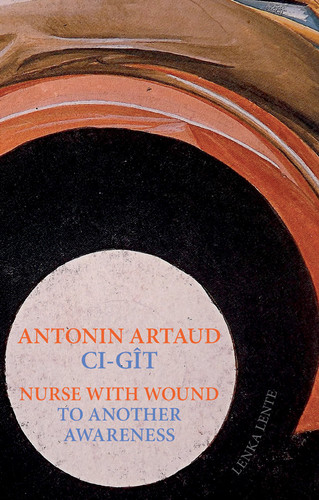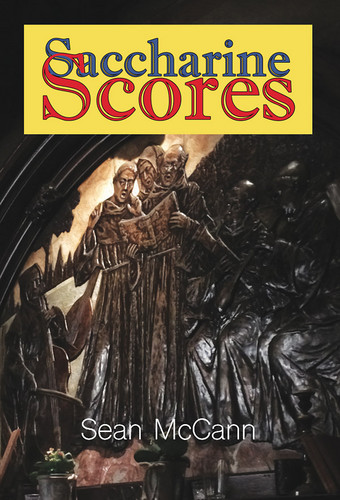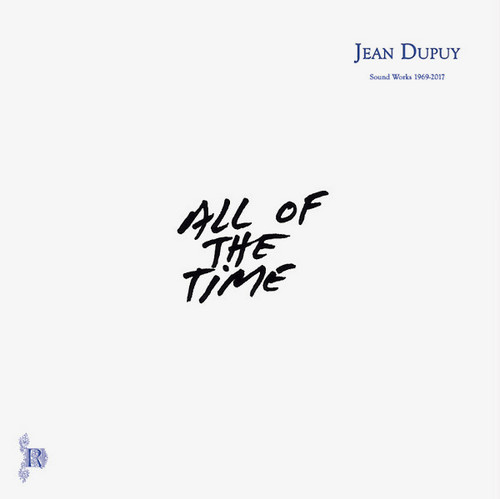Don’t Trust Anyone Over Thirty
Edition of 300. Collaboration between artists Rodney Graham and Dan Graham, printed CMYK inner and outer sleeve. Rodney Graham releases his third album ‘Don’t Trust Anyone Over Thirty‘ in tandem with his exhibition at Lisson Gallery, ‘Central Questions of Philosophy’. Don’t Trust Anyone Over Thirty is a satiric entertainment continuing the artist’s cultural analysis of the ’60s, which began with Graham’s 1981 video, Rock My Religion a video dealing with the evolution of youth culture during the …
Spontaneous Music
Takako Saito (born 1929) is a Japanese artist closely related with Fluxus. In the 1950s, she participated in the "Creative Art Education" movement where she met later Fluxus fellow Ay-O. In 1963, she moved to New York where she was introduced to George Maciunas and became an important member of the Fluxus movement. She remained part of it throughout the 1960s and 1970s and collaborated with numerous Fluxus artists. Since 1968, Saito has been living mostly in Europe. In 1979, she moved to Germany…
The Golden Path
**Edition of 300. Czn presents complex interwoven forms plenty of small grooves throughout here and there, scattered throughout polyrhythmic passages. Built in density, this a trance-enducing and hypnotic masterwork.** Czn stands for Copper, Zinc and Nickel the raw path of Materials used by percussionist and sculptor Joao Pais Filipe turned into gold for this compelling drum and percussion album recorded in duet with composer and drummer Valentina Magaletti. Czn is also the alchemical sound of J…
L'Escalier Des Aveugles
**Includes a 12 page accordion-style booklet with documents from Luc Ferrari's archive** L’Escalier des Aveugles, or The Stairway of the Blind, was commissioned in November 1990 by Spanish National Radio (Radio Nacional de España). Asked for a piece to premiere as part of the European Day of Music, Luc Ferrari returned with a radiophonic concept that organised his anecdotal music into montage form, sequencing short, elusive narratives in a successive way.The completed composition is formed of th…
Everything in the Universe is Unfinished
Artist book, textured hardcover. This new publication by avant-garde artist and cultural icon Yoko Ono combines never-before-published texts and invitation pieces with drawings from the “Franklin Summer” series she started in 1994.For Yoko Ono, words, artworks, and books still have the power to change the world we live in for the better. Thus she continuously shares with us her vision of and philosophy on life—one that is made of pivotal experiences, unstoppable optimism, and a love for the othe…
Is It My Body? – Selected Texts
Critical texts by Kim Gordon brought together for the first time. Throughout the 1980s and early '90s, Kim Gordon—widely known as a founding member of the influential band Sonic Youth—produced a series of writings on art and music. Ranging from neo-Conceptual artworks to broader forms of cultural criticism, these rare texts are brought together in this volume for the first time, placing Gordon's writing within the context of the artist-critics of her generation, including Mike Kelley, John Mille…
Life Extreme – An Illustrated Guide to New Life
At the junction of art and science, Life Extreme intends to present new living beings created by man, beings no longer produced solely by “nature”. This poetic proposition takes the form of a guide to new lives among the most astonishing that have appeared at the beginning of the Twenty-first century.Artist Eduardo Kac, a pioneer of bio-art, and Avital Ronell exchanges on very controversial questions inspired by scientific actuality in the biotechnological field, challenging the limits of what's…
A Brief History of New Music
2016 release. This amazing publication gathers together interviews with pioneering musicians of the 1950s to the 1980s. The book thus brings together avant-garde composers such as Elliot Carter, Pierre Boulez, and Karlheinz Stockhausen; originators of electro-acoustic music such as François Bayle, Pauline Oliveros, Iannis Xenakis, and Peter Zinovieff; Minimalist and Fluxus-inspired artists such as Tony Conrad, Phill Niblock, Yoko Ono, Steve Reich, and Terry Riley; as well figures such as Brian E…
Palestine, first name Charlemagne – Meshugga Land
A biographical essay which explores the origins and influences of Charlemagne Palestine, as well as themes related to his life and artistic practice—spirituality, music, performance, avant-gardism—together with an acute analysis of his main works. The study is followed by an interview with the artist, which provides a clever balance between personal anecdotes and reflection.Born Chaïm Moshe Palestine in Brooklyn, 1947, Charlemagne Palestine joined as a child the Stanley Sapir Jewish choir to low…
In Alphabetical Order
In alphabetical order is a facsimile of the seminal magazine created by Ulises Carrión and Cres, originally published in 1979. In this photographic book - one of very few of Carrion's entire practice - the author is very critical about his own affiliation with the mail art movement. The book presents a series a photographs of his calling card filing box, which the author juxtaposes with witty and poignant captions: “This book of mine is partly real facts and partly fantasy. The real fact is that…
(a, b, c)
In (a, b, c) Ulises Carrión presents one if his early linguistic exercises in English, originally handwritten in green ink in 1972. The author observes and explores the structure of the sonnet. He develops fourteen interrelated sequences, which he uses as a key to codify a narrative. The text of each poem follows the schematic order of its title. His attitude to poetry precluded, to a certain extent, his book The new art of making books: “The text of a book in the new art can be a novel as well …
(the drum)
(the drum) is one of Ulises Carrión’s early linguistic exercises in English, originally handwritten in black ink in 1972. The artist fragments the names of musical instruments to express a sound. His attitude to poetry precluded, to a certain extent, his book The new art of making books: “The text of a book in the new art can be a novel as well as a single word, sonnets as well as jokes, love letters as well as weather reports.-5Ulises Carrión (1941-1989) is one of the most important figures of …
Shozyg Music For Invented Instruments
Last Copies ** Limited Edition of 200 copies. This is the first album in BeJazz reissue series of long-lost classics from the legendary vaults of FMP Records, presented in restored original packaging and newly remastered for optimal sound ** Working with his own, specially crafted electronic instruments, Hugh Davies generates soundscapes that are at times whimsical, ritualistic and profoundly playful. Shozyg, a performance and improvisational instrument, first created in 1968, consists of fretsa…
Musik Der 135. Aktion, Kuba
Recorded in 2012, Musik Der 135. Aktion, Kuba captures the controversial performance from Herman Nitsch's Orgien Mysterien Theater ("Orgies Mysteries Theater") as part of the Havana Biennial art exhibition. For more than fifty years Nitsch has been an influential and striking figure of Austrian art ("Vienna Actionism"). In his Orgien Mysterien Theater Nitsch uses actors, blood, animal bodies and entrails, fruits, symbolic crucifixion, music, processions, and ritualistic gestures to enact a new f…
One Day... A Lightning Storm
**Edition of 200. Comes with a 20pages booklet** This very special limited edition release features excerpts from Joe McPhee’s conversation with John Corbett and is accompanied by the complete interview in a beautifully designed 20 page booklet. It’s release coincides with the Blank Forms celebration of Joe’s career. Joe McPhee is a saxophonist, improviser, American musical iconoclast, and a storyteller. A lucky few have been able to hear the stories of Joe’s life, usually after concerts, and of…
Degradation Loops
Clear vinyl, silk-screened sleeve, 100 hand-numbered copies. Jasmine Guffond follows from her memorably exquisite ‘Traced’ LP for Sonic Pieces with the multi-timbral iridescence of ‘Degradation Loops’ for Karl Records - plotting an increasingly obfuscated descent into the grain and ether of processed field recordings and electronics, documenting a 16 day process of sonic destruction created for an art exhibition.““Degradation Loops” started out as a sixteen day long composition for an exhibition…
The Velvet Underground & Nico
2018 repress. Although Warhol, who was listed as producer on the album, allegedly gave the Velvets free reign over their sound, it was on his insistence that Nico
performed on this album. However, this does not detract from the fact
that when this album was made the Red Sea parted, and the Velvet
Underground crossed into the Promised Land. Deluxe gatefold jacket with
peeling banana and "Chelsea Girls" bonus track on B5
Ci-gît - To Another Awareness
A text by Antonin Artaud illustrated with a 15-minute, Nurse With Wound (here, Steven Stapleton & Brian Conniffe) wrote "To Another Awareness", an unreleased mini CD included in the book.
Saccharine Scores
Saccharine Scores is an album/art book documenting Sean McCann's
recent chamber compositions. Ranging from the 10-person ensemble
performance of "Portraits of Friars" at Fylkingen, Stockholm in February
2018, to his first quartet piece "Victorian Wind", performed in Toronto
in 2014. McCann's scores leak pastoral and bizarre passages, dancing in
the banal beauty of sound poetry. The performances feature guest
musicians Sarah Davachi, Zachary Paul, Geneva Skeen, Celia Eydeland, Maxwell Augus…
All Of The Time
**Special Edition of 30 with original signed Jean Dupuy drawing** All Of The Time is the first comprehensive album of Jean Dupuy's sound works, collecting recordings from 1969-2017. Dupuy started his artistic career as a painter but shifted his practice when he moved from France to New York in 1967. Dupuy experimented with new technologies, and soon became a prominent figure in the Art and Technology movement. In 1968 he participated with an inventive sound, light and color installation, Heart B…
